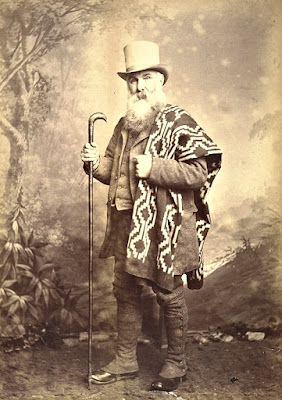Cathay Williams Independence Mo to Trinidad Colorado
I want to see a Statue, Comissioned to stand here in Trinidad. in Fishers Peak State Park Intrance up on the rise at the Trail Head.
Allan Lee help me to , do this. Lets Push, some
Cathay Williams was born to an enslaved mother and a free father in Independence, Missouri in 1844. During her adolescence, she worked as a house slave on the Johnson plantation on the outskirts of Jefferson City, Missouri. In 1861, Union forces occupied Jefferson City during the early stages of the Civil War. At this time, captured slaves were officially designated as contraband and were forced to serve in military support roles such as cooks, laundresses, or nurses. Before her voluntary enlistment, at just 17 years old, Williams served as an Army cook and a washerwoman. In this role she accompanied the infantry all over the country. Williams served under the service of General Philip Sheridan and witnessed the Red River Campaign and the Battle of Pea Ridge
(more)
Despite the prohibition against women serving in the military, Williams enlisted in the U.S. Regular Army under the false name of "William Cathay" on November 15, 1866. She enlisted for a three-year engagement, passing herself off as a man. Williams was assigned to the 38th U.S. Infantry Regiment after she passed the cursory medical examination. Though this exam should have outed her as a woman, the Army did not require full medical exams at this time.
Shortly after her enlistment, she contracted smallpox and was hospitalized. Williams rejoined her unit in New Mexico. There, possibly due to the effects of smallpox, the heat, or the years of marching, her body began to show signs of strain. Due to her frequent hospialization, the post surgeon finally discovered she was a woman and informed the post commander. She was honorably discharged by her commanding officer, Captain Charles E. Clarke on October 14, 1868. Though her disability discharge meant the end of her tenure with the Army, her advenure continued. She signed up with an emerging all-black regiment that would eventually become part of the legendary Buffalo Soldiers.
Following her discharge, Williams went on to work as a cook at Fort Union, New Mexico (now Fort Union National Monument) and later moved to Pueblo, Colorado. Though she married, it ended badly after her husband stole her money and a team of horses. Williams had him arrested and then moved to Trinidad, Colorado, where she worked as a seamtress. It was during this time that her story first became public. A reporter from St. Louis heard rumors of a female African-American who had served in the army and came to interview her. Her life and military service narrative was published in the St. Louis Daily Times on January 2, 1876.
Around 1889 or 1890, Williams entered a local hospital and applied for a disability pension based on her military service. Though there was a precedent for granting pension to female soldiers, (Deborah Sampson, Anna Maria Lane and Molly Williams disguised themselves as men in the Revolutionary War), Williams request was denied. In September 1893, a doctor examined Williams. She suffered from neuralgia and diabetes, and had all her toes amputated and walked with a crutch. The doctor decided that she did not qualify for disability payments.The exact date of her death is unknown, but it is believed she died shortly after she was denied.



https://zorro-kcrein.blogspot.com/
ReplyDeleteGood one
ReplyDelete